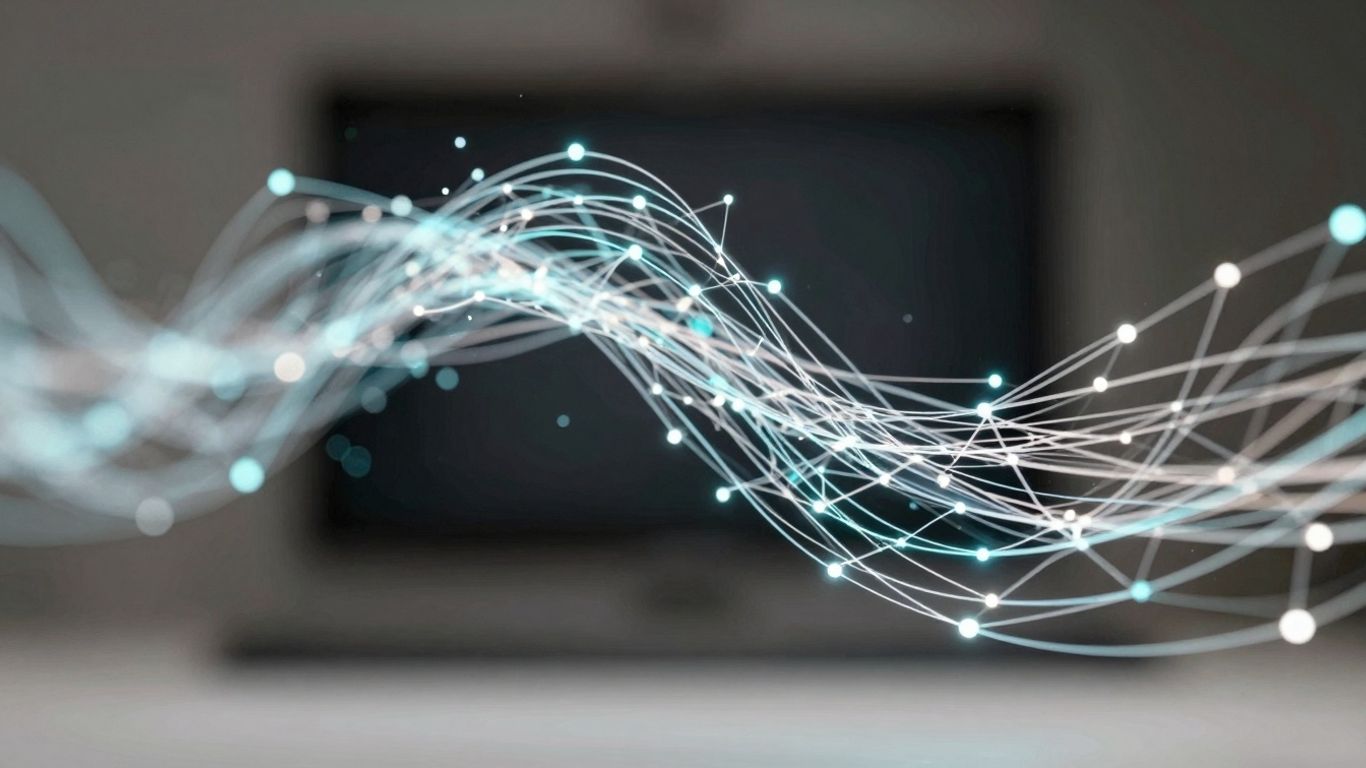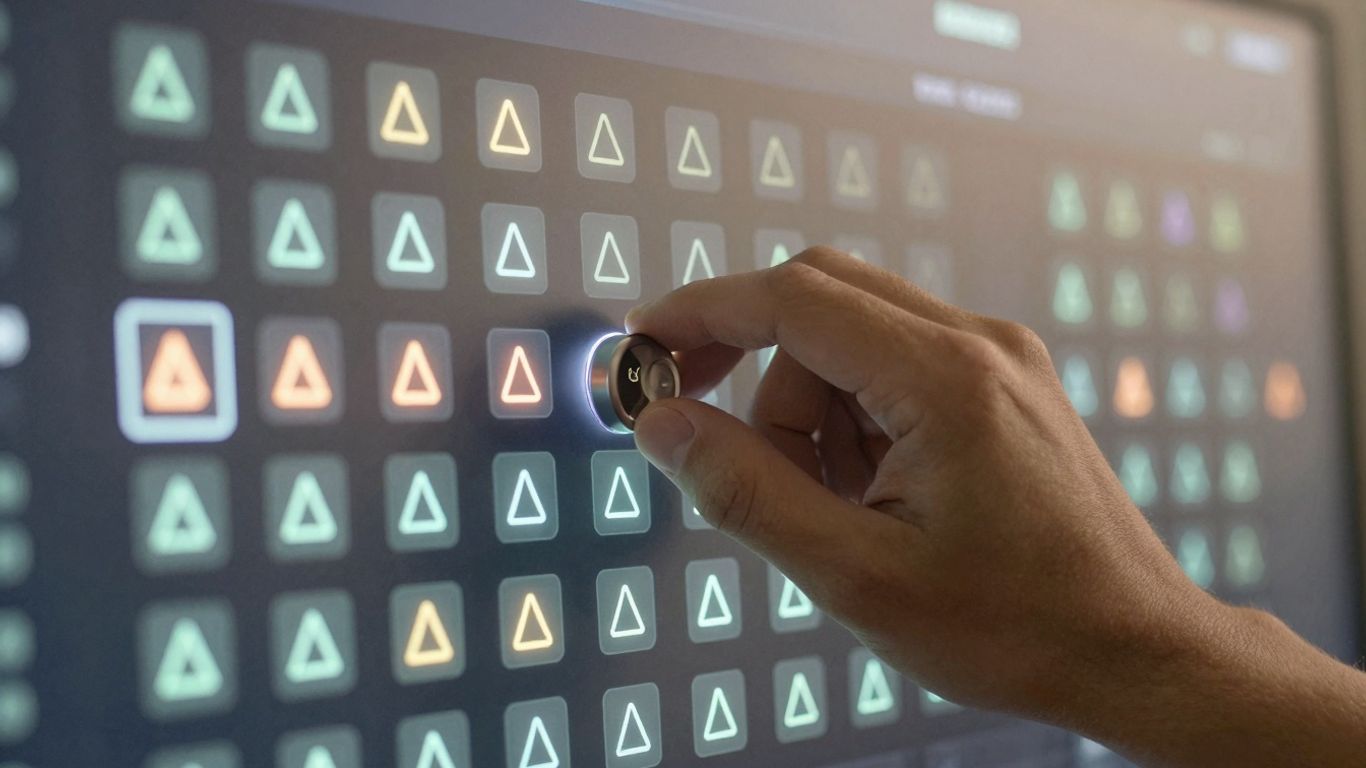[ newsletter ]
Stay ahead of Web3 threats—subscribe to our newsletter for the latest in blockchain security insights and updates.
Thank you! Your submission has been received!
Oops! Something went wrong. Please try again.
Explore wallet risk assessments to enhance blockchain security and protect users from fraud and scams.





In today's digital world, ensuring the security of blockchain wallets is more important than ever. Wallet risk assessments play a crucial role in identifying potential threats and vulnerabilities. By understanding the importance of these assessments, we can better protect users from scams and fraud, making the blockchain ecosystem safer for everyone.
Real-time wallet risk assessment is a method that checks the safety of digital wallets instantly. This process is essential for identifying if a wallet is linked to any suspicious activities or bad actors. By doing this, users can protect themselves from potential scams and fraud.
There are several techniques used for real-time wallet risk assessment:
The impact of real-time wallet risk assessment is significant:
In summary, real-time wallet risk assessment is a vital tool in the fight against blockchain fraud, ensuring users can navigate the crypto landscape safely.

Address monitoring is a key technique in wallet risk assessment. It involves keeping an eye on wallet addresses to see if they are linked to any suspicious activities. This can help in identifying potential threats before they escalate. Here are some important points:
Transaction analysis looks at the history of transactions to spot unusual patterns. This technique is essential for detecting fraud. Here’s how it works:
Risk scoring methods assign a score to wallets based on various factors. This helps in quickly assessing the level of risk associated with a wallet. Key components include:
Effective wallet risk assessment is crucial for maintaining a secure blockchain environment. By implementing these techniques, users can feel safer and more confident in their transactions.
In summary, using techniques like address monitoring, transaction analysis, and risk scoring can significantly enhance wallet security. These methods help in identifying risks early, allowing for proactive measures to protect users from potential threats.
AI plays a vital role in enhancing wallet security. AI-driven systems continuously analyze data transactions and blockchains for anomalies, providing instant alerts and actions to mitigate any detected risks. This proactive approach helps in identifying potential threats before they escalate.
Automated audits are another significant benefit of AI in wallet risk assessment. These audits can quickly review smart contracts and wallet activities, identifying vulnerabilities much faster than traditional methods. This efficiency is crucial for maintaining security in a rapidly changing digital landscape.
Predictive analytics uses historical data to forecast potential risks. By analyzing patterns, AI can predict possible fraud before it happens, allowing for proactive measures. This capability not only enhances security but also builds user trust in blockchain systems.
AI is transforming how we secure blockchain networks, making them safer and more reliable for users.
In summary, the integration of AI in wallet risk assessment is a game changer. It not only improves detection and response times but also enhances overall security in the blockchain ecosystem.
Non-transferable audit tokens are unique digital assets that provide proof of compliance and security audits without allowing the token to be moved or sold. These tokens ensure that the audit results remain tied to the original entity, enhancing accountability and trust.
Non-transferable audit tokens represent a significant step forward in ensuring blockchain security, making it easier for users to trust the systems they engage with.
Incorporating non-transferable audit tokens into blockchain projects can greatly enhance security and trust. By ensuring that audit results are immutable and directly linked to the project, these tokens help create a safer environment for all users. This approach not only protects users but also strengthens the overall integrity of the blockchain ecosystem.
By employing blockchain technology, organizations can create a secure, auditable record of all access attempts, enabling them to detect and respond to potential threats effectively.
Several organizations have successfully implemented wallet risk assessments to enhance security. Here are a few notable examples:
From these case studies, several key lessons can be drawn:
The future of wallet risk assessment looks promising. As technology evolves, we can expect:
In summary, the implementation of wallet risk assessments is crucial for enhancing blockchain security. By learning from successful case studies, organizations can better protect their users and assets.

Assessing wallet risks in real-time can be tough due to technical limitations. Some of the main issues include:
Navigating the regulatory landscape is another significant challenge. Key points include:
Finally, getting users to adopt wallet risk assessments can be difficult. Some barriers include:
Addressing these challenges is crucial for improving wallet security and protecting users from potential threats. By overcoming these obstacles, we can enhance the overall safety of blockchain transactions.
Conducting regular audits is essential for identifying vulnerabilities in your wallet system. This includes:
Setting up real-time alerts can help you respond quickly to potential threats. Consider:
Educating users about wallet security is crucial. This can include:
Continuous wallet risk monitoring is not just a one-time task; it requires ongoing effort and vigilance. By implementing these best practices, organizations can significantly enhance their security posture and protect users from potential threats.
In conclusion, assessing wallet risks in real-time is vital for keeping blockchain systems secure. By constantly checking for any suspicious activities, we can help protect users from scams and fraud. This proactive approach not only builds trust among users but also strengthens the entire blockchain network. As we move forward, it is clear that real-time wallet risk assessments will play a key role in ensuring a safer digital environment for everyone involved in blockchain technology.
A wallet risk assessment checks how safe a digital wallet is. It looks for any links to scams or bad activities.
Real-time wallet risk assessment helps protect users by spotting threats quickly, reducing the chance of scams.
Some techniques include monitoring wallet addresses, analyzing transactions, and giving risk scores based on activity.
AI can spot threats faster, run audits automatically, and predict possible fraud before it happens.
Non-transferable audit tokens are special tokens that show a wallet has been checked for security without being able to move them.
Challenges include technical limits, rules and regulations, and getting users to adopt these safety measures.


